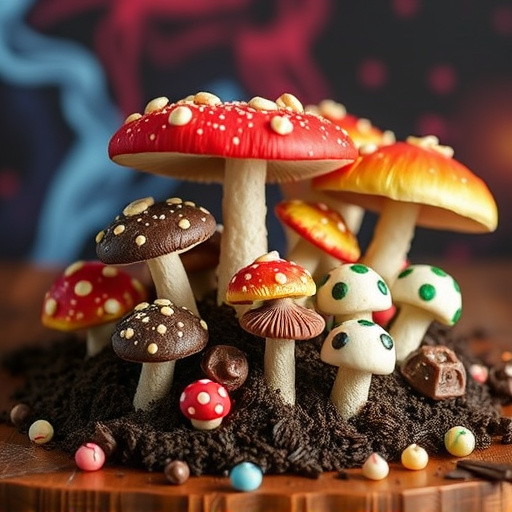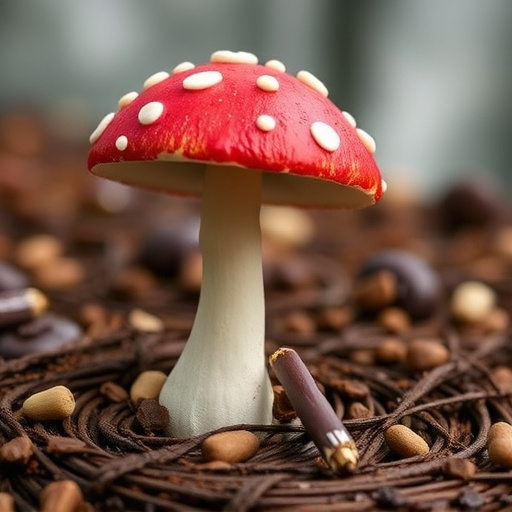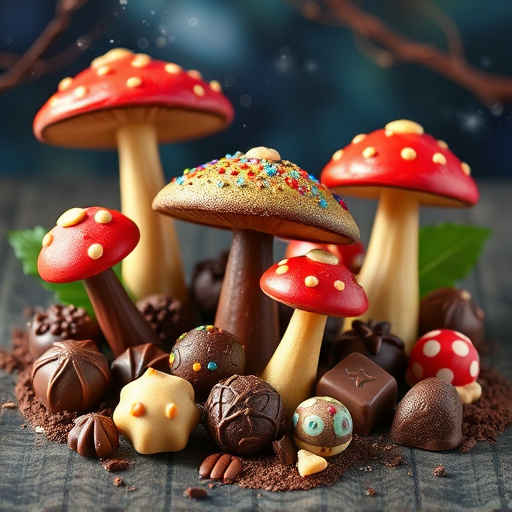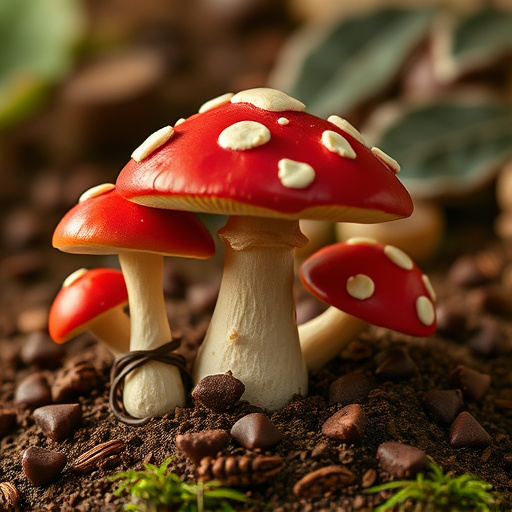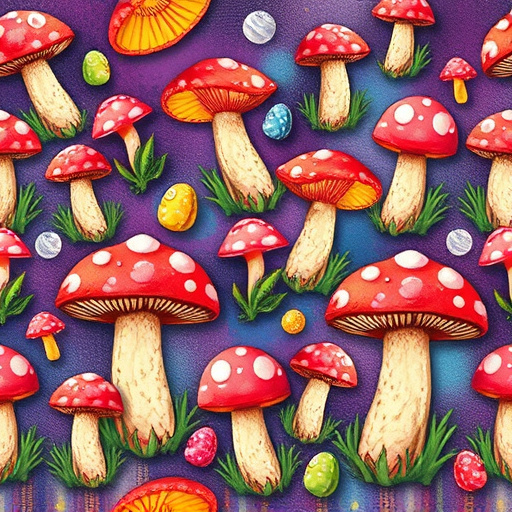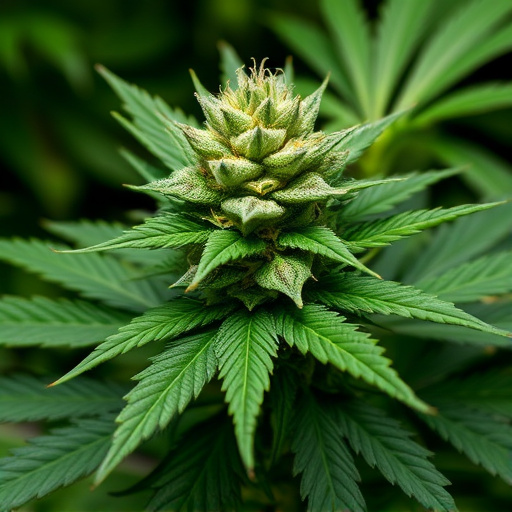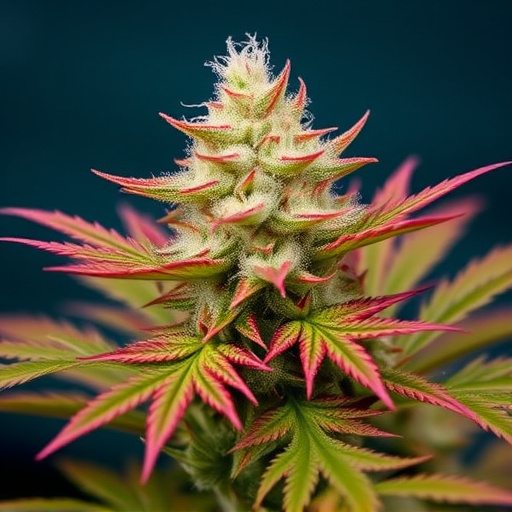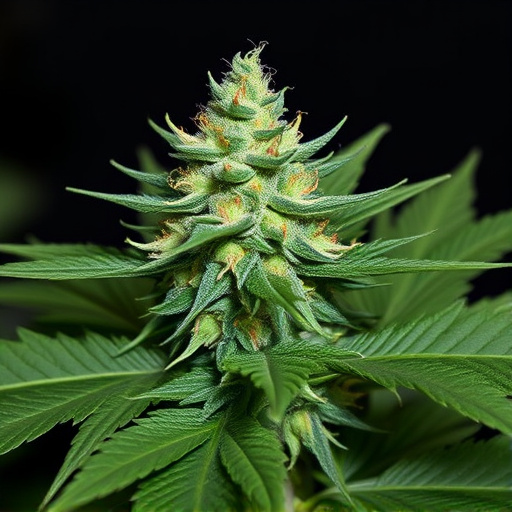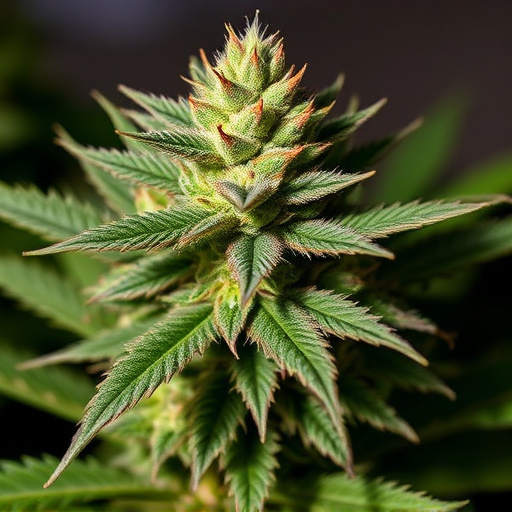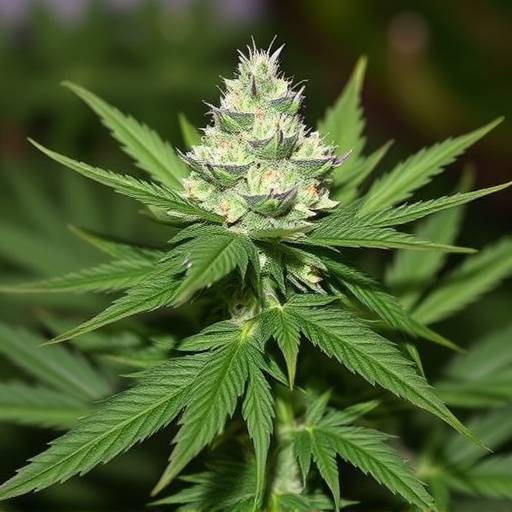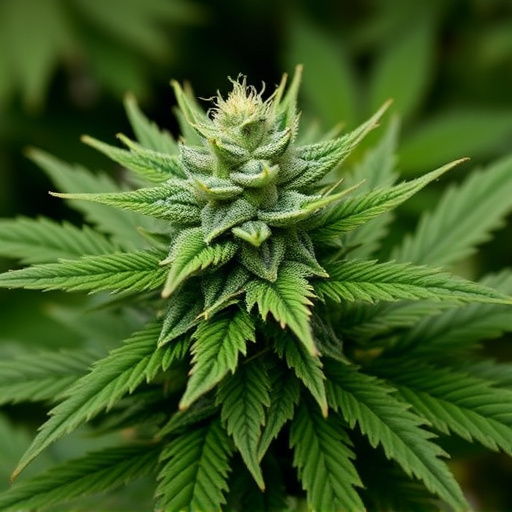Unveiling the genetic code of cannabis reveals that vibrant colors like purple and blue are linked to unique chemical compositions, driven by anthocyanin pigments. These colors indicate strain potency, with many top 10 strongest cannabis strains featuring striking hues. Environmental factors and meticulous cultivation practices further enhance cannabinoid concentrations, resulting in potent and visually stunning varieties like Purple Haze, SSH, and Gelato.
“Uncover the captivating secrets behind the vibrant hues of cannabis in our comprehensive guide. From the genetic makeup to environmental influences, we explore what makes purple, red, and blue weed so intriguing. Dive into ‘Unraveling the Genetics’ to understand the science behind these rare colors. Discover the ‘Top 10 Strongest Cannabis Strains’ known for their intense potency and unique pigmentation. Furthermore, learn how environmental factors play a role in shaping not just the color but also the strength of these remarkable strains.”
- Unraveling the Genetics: Understanding the Science Behind Coloured Cannabis
- The Top 10 Strongest Strains and Their Unique Pigmentation
- Environmental Factors: How They Impact Weed's Colour and Potency
Unraveling the Genetics: Understanding the Science Behind Coloured Cannabis
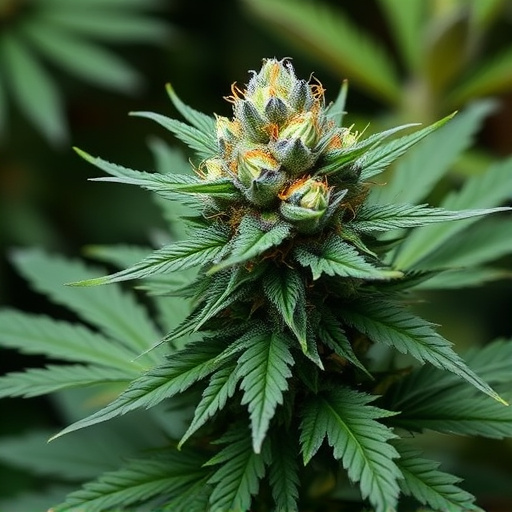
Unraveling the genetics behind cannabis offers a fascinating glimpse into the science behind the plant’s diverse colors, including purple, red, and blue hues. These vibrant shades are more than just aesthetic—they’re often indicators of unique chemical profiles that contribute to the plant’s potency and effects. Cannabis contains various compounds called cannabinoids, with THC (tetrahydrocannabinol) being the most well-known for its psychoactive properties. The colors in cannabis are primarily attributed to anthocyanins, a type of pigment responsible for the red, purple, and blue hues found in many plants, including cannabis.
Genetic variations can lead to different levels of anthocyanin production, resulting in the varied colors observed among strains. Some factors influencing these genetic expressions include environmental conditions like light exposure and temperature. Interestingly, several of the top 10 strongest cannabis strains are known for their distinct colors, with many boasting vibrant purple or blue shades. These strains often have higher concentrations of THC and other cannabinoids, contributing to their potency. Understanding the genetics behind these colors not only fascinates enthusiasts but also plays a crucial role in breeding programs aimed at developing new, potent varieties.
The Top 10 Strongest Strains and Their Unique Pigmentation
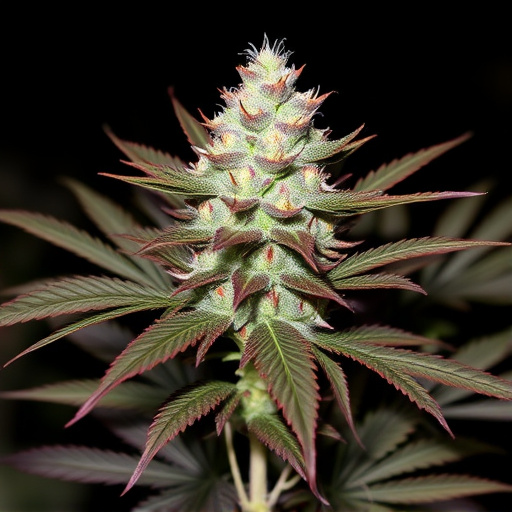
In the world of cannabis, the top 10 strongest cannabis strains are renowned for their potent effects and unique pigmentation. These strains often feature vibrant purple, red, or blue hues, which aren’t just visually striking but may also indicate higher levels of specific cannabinoids like THC and CBD. Let’s explore some of these remarkable varieties:
1. Purple Haze: Known for its intense purple color and cerebral high, Purple Haze is a classic strain with a rich history. Its unique pigmentation often ranges from deep burgundy to vibrant violet, making it a favorite among collectors and enthusiasts alike.
2. Super Silver HAIR (SSH): SSH stands out for its silvery-blue leaves and potent effects. This strain’s unique coloration is attributed to high levels of THC and its ability to produce a strong, long-lasting high.
3. Gelato: With its creamy, milk chocolate appearance and fruity aroma, Gelato offers a balanced combination of euphoria and relaxation. The strain’s blueish tint is not only aesthetically pleasing but also indicative of its high CBD content.
4. Blue Dream: As the name suggests, Blue Dream presents a stunning blue-purple hue. This strain is celebrated for its intense flavor profile and powerful, relaxing effects, making it a popular choice for treating pain and insomnia.
5. Trainwreck: Characterized by its dark purple and green leaves with orange hairs, Trainwreck delivers an energetic and uplifting high. Its diverse pigmentation reflects the unique combination of terpenes that contribute to its distinctive aroma.
6. Sunflower #1: This strain boasts a vibrant mix of bright yellow, orange, and red hues. Sunflower #1 is renowned for its potent effects and is often sought after by those looking for a powerful, euphoric experience.
7. Cherry Pie: With a sweet cherry flavor and a stunning blend of red and purple, Cherry Pie is both visually appealing and potent. It’s a hybrid that offers a happy medium between relaxation and energy.
8. Red Dragon: Red Dragon lives up to its name with its deep crimson leaves and rich, earthy taste. This strain is known for its intense effects and is often recommended for evening use due to its sedative properties.
9. Sour Diesel: Sour Diesel’s dark green leaves with purple undertones are just as striking as its potent chemistry. This strain provides a powerful mental high and is popular for its ability to combat anxiety and depression.
10. Super Carbon (SC): SC cannabis plants exhibit a unique, almost fluorescent green color with hints of blue. This rare strain is celebrated for its exceptional potency and the pleasant, fruity aroma that lingers long after the experience ends.
Environmental Factors: How They Impact Weed's Colour and Potency
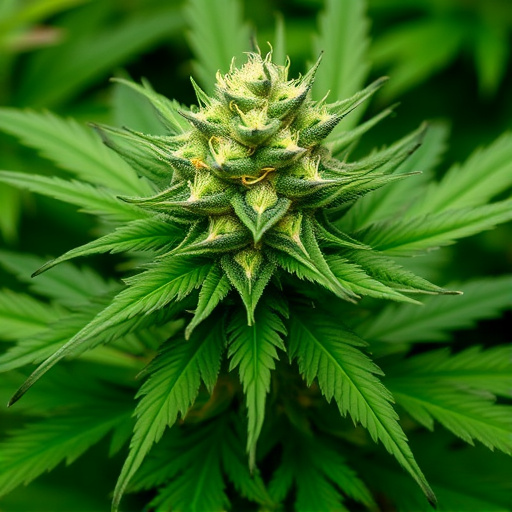
Weed’s color, whether purple, red, or blue, isn’t just a visual treat; it offers clues about its chemical composition and potential effects. These colors are influenced by environmental factors that play a significant role in shaping the plant’s potency and overall quality. For instance, cannabis plants grown in colder climates often develop deeper, richer hues due to reduced sunlight exposure, which can lead to higher levels of certain cannabinoids known for their potent therapeutic properties. Similarly, varying levels of oxygen and nutrient availability in the soil can contribute to distinctive colors, with some strains displaying vibrant purples or deep reds.
Among the top 10 strongest cannabis strains, environmental conditions often determine the concentration of THC (tetrahydrocannabinol), the primary compound responsible for its psychoactive effects. Strains known for their high THC levels, which can exceed 30%, are often cultivated in specific environments that promote slow growth and optimal nutrient absorption. This careful control over cultivation practices ensures that the final product not only looks striking with its vibrant colors but also delivers an intense and memorable experience.
In exploring what causes purple, red, and blue weed, we’ve uncovered a fascinating interplay between genetics, environmental factors, and the science behind colored cannabis. From understanding the unique pigmentation of the top 10 strongest strains to recognizing how environmental influences impact both color and potency, this knowledge deepens our appreciation for the diversity and complexity of this remarkable plant. Whether you’re curious about the genetic underpinnings or the practical implications for cultivation, delving into these factors offers insights that enrich both personal experiences and the broader cannabis community.
